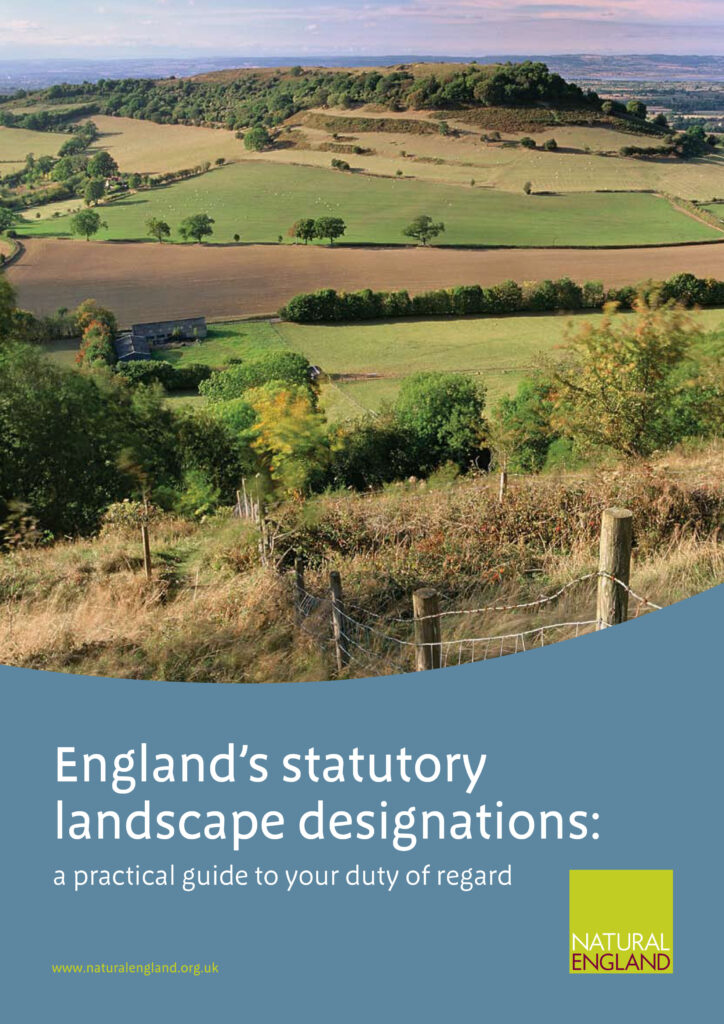The National Landscape Partnership is formed of representatives from local authorities plus national and local organisations with an interest in the National Landscape.
The partnership includes:
- Wiltshire Council
- Dorset Council
- Hampshire County Council
- Somerset Council
- New Forest District Council
- Natural England
- Forestry Commission
- Campaign to Protect Rural England
- Country Land and Business Association
- National Farmer’s Union
- Wiltshire Association of Town and Parish Councils
- Dorset Association of Town and Parish Councils
The Partnership Board acts as the governing body for the National Landscape Team, and is chaired by an independent person. It meets twice a year. It guides the implementation of the Management Plan and oversees the specialist Topic Groups that work on the Annual Delivery Plan. A Steering Group provides advice and support to the National Landscape Team, whose task it is to ensure targets in the Management Plan are met.
Once a year we hold an annual forum that brings together the widest range of interested people to discuss and debate topical issues.
If you or your organisation is interested in being represented on the Partnership Board or attending the Annual Forum, then please contact us.
On 23rd November 2023 the Department for Environment Food and Rural Affairs changed the name Area of Outstanding Natural Beauty to National Landscape. However, the statutes, regulations, and government guidance have not been changed, so National Landscape and Area of Outstanding Natural Beauty should be seen as synonymous.
Relevant Legislation
The primary purpose of National Landscape designation is ’conserving and enhancing natural beauty’ which, as interpreted by the National Parks and Access to the Countryside Act 1949 (the original act under which this National Landscape was designated), the Countryside Act 1968, and the Wildlife and Countryside Act 1981 includes protecting flora, fauna, geology and landscape features. It is also accepted that the conservation of archaeological, architectural, heritage and vernacular features is of equal importance.
European Landscape Convention
This was signed by UK Government and came into force in March 2007. It is a Council of Europe treaty, which is unaffected by Brexit, that commits the nation to a proactive approach to including landscapes and landscape issues in policies, management, and training.
Countryside and Rights of Way Act 2000
This Act updates the 1949 Act and requires Local Authorities to put in place National Landscape Management Plans. This can be undertaken by partnership groups or individual authorities if they wish to work independently. It also provides national resources for local National Landscape Management Teams and the possibility for setting up Conservation Boards.
It empowers local planning authorities (s.84(4)) to take all such action as appears to them expedient for the accomplishment of the purpose of conserving and enhancing the natural beauty of the area of outstanding natural beauty.
The Act re-states the process of National Landscape designation as well as providing duties for ‘relevant authorities’ – all holders of public office, elected councillors and MPs, and public bodies, including statutory undertakers and transport providers – to seek to further the purposes of National Landscape designation in all their day to day activities.
Duty on Relevant Authorities
Section 85(A1) of the Countryside and Rights of Way Act 2000 was reinforced by the Levelling Up and Regeneration Act 2023 and places a statutory duty on all relevant authorities to seek to further the purposes of designation. It states that, in exercising or performing any functions in relation to, or so as to affect, land in a National Landscape, a relevant authority ‘must seek to further the purposes of designation’ of the National Landscape.
Expectations of Relevant Authorities
We expect relevant authorities to be able to demonstrate that they have fulfilled these duties. They must be able to show clearly how they have sought to further National Landscape purposes of designation in their decision making. They should consider whether they could usefully make reference to the duties in their annual reports, and also consider issuing their own statement of how they will seek to further the purposes of the designated area.
Demonstrations of compliance with the duties will be monitored by the National Landscape Partnership Board. It is expected that each Statutory Body will include a brief assessment of compliance with the relevant duty in their annual reports or similar publication. The Partnership Board will bring any significant contraventions to the attention of Natural England, who will in turn report to DEFRA.
The duties do not override particular considerations which have to be taken into account by relevant authorities in carrying out any function. They are, however, overarching and are intended to ensure that the purposes for which these areas have been designated are both recognised as an essential consideration and pro-actively progressed in reaching decisions or undertaking activities that impact on the National Landscape.
Natural England’s Statutory Landscape Designations
 Natural England is highlighting the work of public bodies, who have taken action to help safeguard protected landscapes. This practical guideoutlines the steps that have been taken across the country to look after landscapes, and is aimed at helping organisations who have a statutory duty in respect of Areas of Outstanding Natural Beauty.
Natural England is highlighting the work of public bodies, who have taken action to help safeguard protected landscapes. This practical guideoutlines the steps that have been taken across the country to look after landscapes, and is aimed at helping organisations who have a statutory duty in respect of Areas of Outstanding Natural Beauty.
